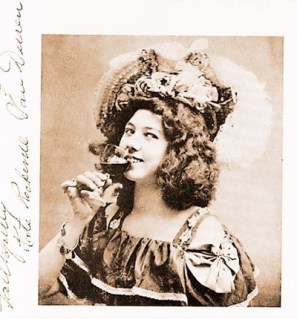I know it’s not even summer yet, but it’s not too early to start the buzz for my fall workshop at the Poetry Project:
BAROQUEIFY!
…
What if more actually is more? How can we create writing that is more sumptuous, more intense, more curvaceous, more elegant, more obscure, more grotesque, and more beautiful? Let’s traverse the ornate forms of the baroque in pursuit of a more intensely ornamental language. Using others’ texts as starting points, we will supplement, enhance, copy, modify, twist, mangle, and decorate words, syntax, structures, tropes, and concepts to maximize sublime bewilderment. We will read some essays on theories of ornament (and anti-ornament) to inform our investigations. Writers whose works we will explore may include Rabelais, Donne, M. Cavendish, Loy, Huysmans, O’Hara, Koch, and Coolidge, as well as Stacy Doris, Lisa Robertson, Brandon Brown, Adeena Karasick, Dana Ward, Corina Copp, Julian Brolaski, Charles Bernstein, and Julie Patton. “Nonpoetic” sources for poem construction will be encouraged. Not a traditional “poetry workshop,” Baroqueify! will mainly focus on analysis, discussion, and reverse-engineering of texts by others, as well as mindcurling writing exercises. Our seminar will conclude with work on performance strategies to enhance the baroque sensibilities of the writing. Come decorate this fucked-up world with me!
What if more actually is more? How can we create writing that is more sumptuous, more intense, more curvaceous, more elegant, more obscure, more grotesque, and more beautiful? Let’s traverse the ornate forms of the baroque in pursuit of a more intensely ornamental language. Using others’ texts as starting points, we will supplement, enhance, copy, modify, twist, mangle, and decorate words, syntax, structures, tropes, and concepts to maximize sublime bewilderment. We will read some essays on theories of ornament (and anti-ornament) to inform our investigations. Writers whose works we will explore may include Rabelais, Donne, M. Cavendish, Loy, Huysmans, O’Hara, Koch, and Coolidge, as well as Stacy Doris, Lisa Robertson, Brandon Brown, Adeena Karasick, Dana Ward, Corina Copp, Julian Brolaski, Charles Bernstein, and Julie Patton. “Nonpoetic” sources for poem construction will be encouraged. Not a traditional “poetry workshop,” Baroqueify! will mainly focus on analysis, discussion, and reverse-engineering of texts by others, as well as mindcurling writing exercises. Our seminar will conclude with work on performance strategies to enhance the baroque sensibilities of the writing. Come decorate this fucked-up world with me!




